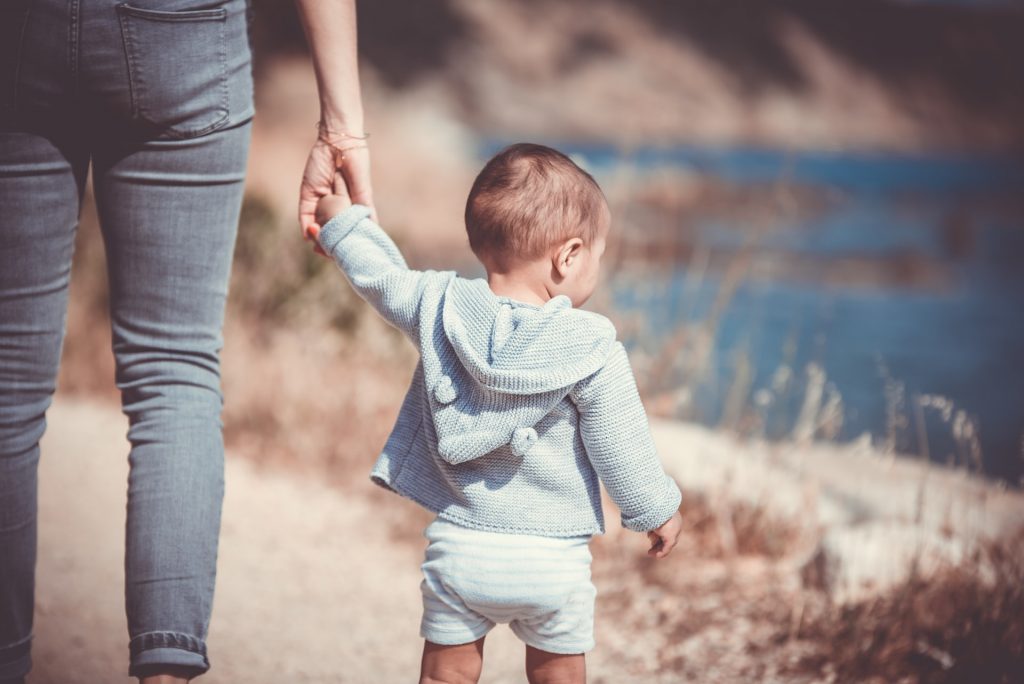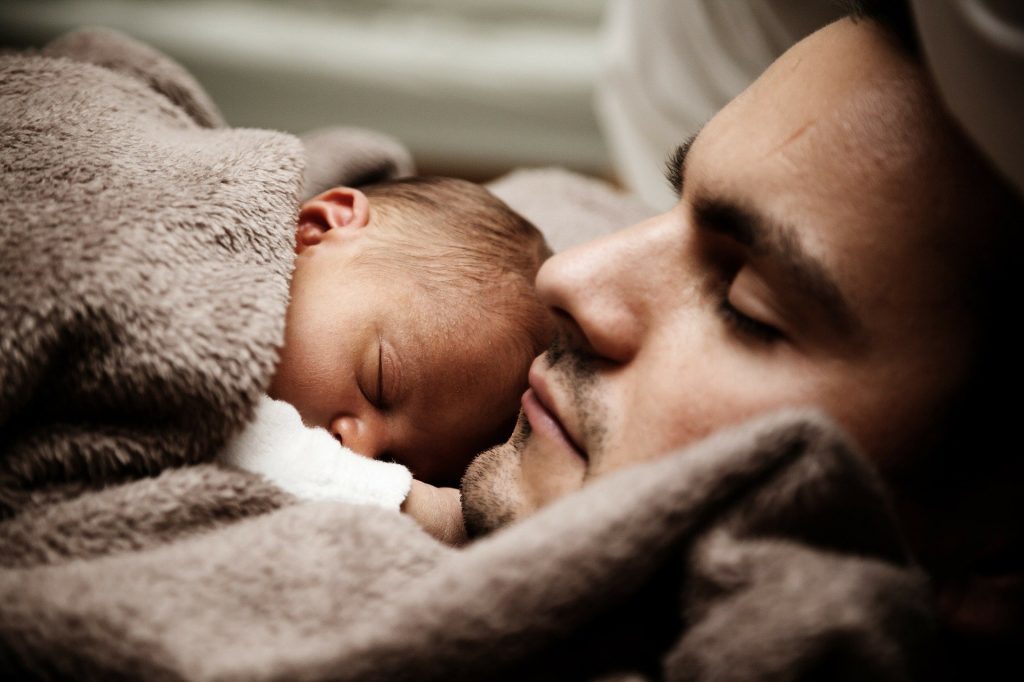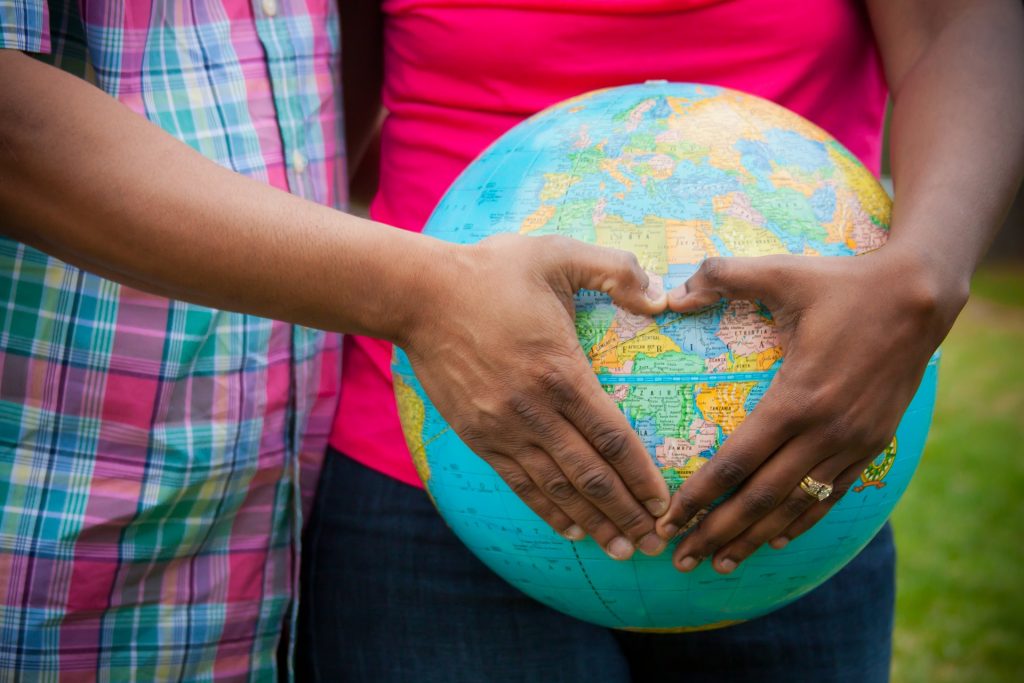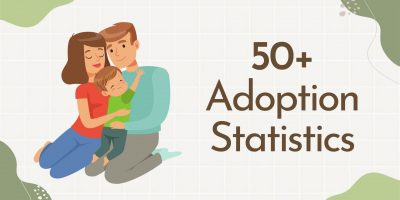
The Price & State of Women’s Health
Despite the progress, women have unique health needs beyond reproductive and maternal care, and not all of them are met.

About two percent of children have found their permanent homes and families through adoption. Families choosing to adopt may have different motivations for it, but the result is always the same, one more child out of the foster care system and given a loving and stable home. Here’s an analysis of the current state of adoptions in the United States.


Four in ten Americans have considered becoming a foster parent. (US Adoption Attitudes Survey, 2022)
The main reason for foster parent consideration is to help a child in need. (US Adoption Attitudes Survey, 2022)

Although the process is long, complicated, and costly, more families choose to make this lifelong commitment.
Browse our curated list of vendors to find the best solution for your needs.
Subscribe to our newsletter for the latest trends, expert tips, and workplace insights!

Despite the progress, women have unique health needs beyond reproductive and maternal care, and not all of them are met.

Discover 50+ essential infertility statistics and get valuable insights into this prevalent issue.

Explore the role of employers in raising awareness and how they can contribute to early detection through breast cancer screening recommendations as a preventative measure.

Gain insight into the current state of adoptions in the United States with 50+ crucial statistics and trends, providing valuable information on the evolving adoption landscape.
Shortlister Connect is a tool specifically designed to be utilized by the HR and Procurement/Sourcing teams within mid-size, large and jumbo employers. Shortlister Connect allows these teams to efficiently research & identify their optimal vendor partners, track existing vendor relationships & performance and “connect” with other employers to share successes and vendor experiences.
If you are not on the HR or Procurement/Sourcing team within an employer with over 200 employees, you will not be granted access to Connect. Examples of individuals that would not be granted access include, but are not limited to: vendors, students, practitioners, researchers, other non-employers or anyone that is unwilling to identify themselves will not pass our vetting criteria. If you are a consultant, Shortlister offers a specialized product for consultants, called Shortlister Select. You can email Tom Ciccotti at tciccotti@myshortlister.com to learn more about Shortlister Select.
***Shortlister retains the exclusive right to grant or deny access to any party to ensure the privacy of the vendors in our system.
Please login with your LinkedIn Credentials
Used by most of the top employee benefits consultants in the US, Shortlister is where you can find, research and select HR and benefits vendors for your clients.
Shortlister helps you reach your ideal prospects. Claim your free account to control your message and receive employer, consultant and health plan leads.